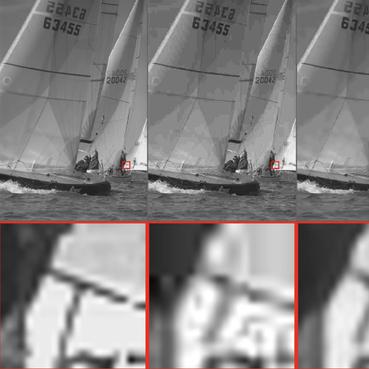Understanding Opportunities for Efficiency in Single-image Super Resolution Networks
A successful application of convolutional architectures is to increase the resolution of single low-resolution images -- a image restoration task called super-resolution (SR). Naturally, SR is of value to resource constrained devices like mobile phones, electronic photograph frames and televisions to enhance image quality. However, SR demands perhaps the most extreme amounts of memory and compute operations of any mainstream vision task known today, preventing SR from being deployed to devices that require them. In this paper, we perform a early systematic study of system resource efficiency for SR, within the context of a variety of architectural and low-precision approaches originally developed for discriminative neural networks. We present a rich set of insights, representative SR architectures, and efficiency trade-offs; for example, the prioritization of ways to compress models to reach a specific memory and computation target and techniques to compact SR models so that they are suitable for DSPs and FPGAs. As a result of doing so, we manage to achieve better and comparable performance with previous models in the existing literature, highlighting the practicality of using existing efficiency techniques in SR tasks. Collectively, we believe these results provides the foundation for further research into the little explored area of resource efficiency for SR.
PDF Abstract



 Urban100
Urban100